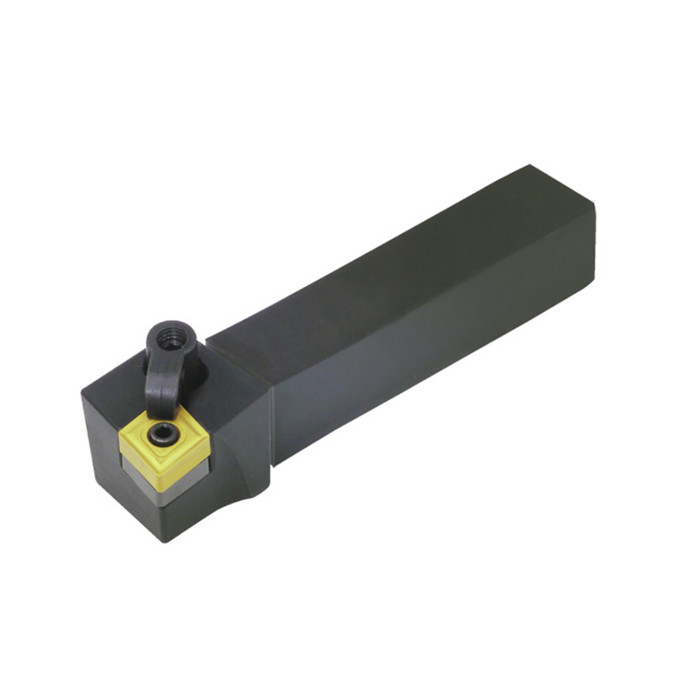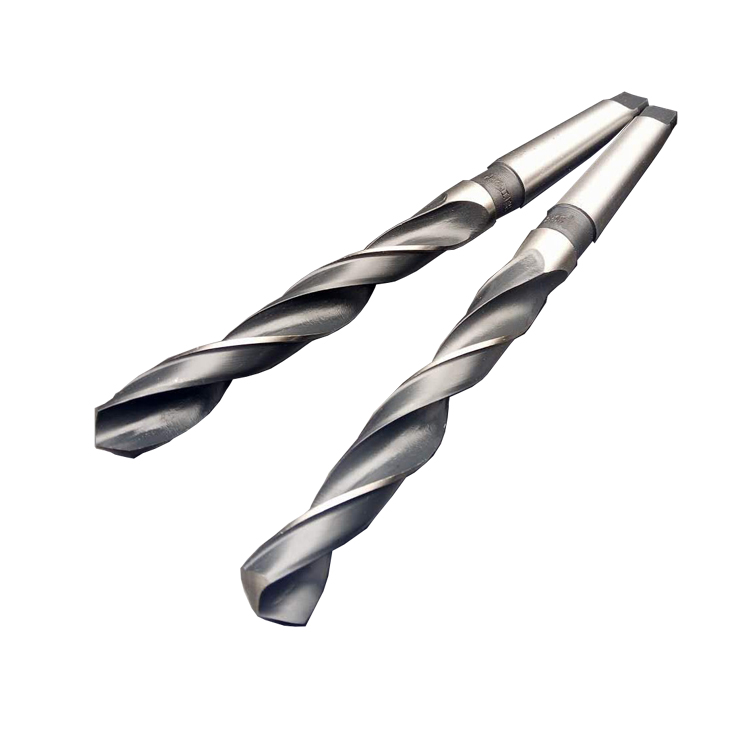mini lathe quick change tool post Factory
A mini lathe quick change tool post is a game-changer for small lathe users, significantly improving efficiency and accuracy. This guide explores the benefits, types, selection criteria, and maintenance of these essential accessories, helping you choose the best option for your needs.
Understanding the Mini Lathe Quick Change Tool Post
The mini lathe quick change tool post is a device designed to allow machinists to quickly and easily change tools on their lathes without having to re-shim or re-adjust the tool height. This saves time and increases productivity, especially when performing multiple operations on a single workpiece.
Benefits of Using a Quick Change Tool Post
- Increased Efficiency: Reduce setup time between operations, allowing you to complete projects faster.
- Improved Accuracy: Consistent tool height reduces the risk of errors and improves the quality of your work.
- Enhanced Versatility: Easily switch between different tool types, expanding the range of projects you can undertake.
- Reduced Downtime: Quick tool changes minimize machine downtime, maximizing productivity.
- Safer Operation: Secure tool holding reduces the risk of tool slippage or accidents.
Types of Quick Change Tool Posts for Mini Lathes
Several types of mini lathe quick change tool post systems are available, each with its own advantages and disadvantages. Common types include:
Piston-Type Quick Change Tool Posts
These tool posts use a piston mechanism to lock and release tool holders. They are generally robust and provide good rigidity.
Wedge-Type Quick Change Tool Posts
Wedge-type systems utilize a wedge to secure the tool holder. They offer excellent rigidity and are popular for precision work.
Dovetail Quick Change Tool Posts
Dovetail tool posts feature a dovetail joint for secure tool holding. They are known for their compact design and ease of use. Often a good choice for smaller lathes where space is limited.
Choosing the Right Quick Change Tool Post for Your Mini Lathe
Selecting the appropriate mini lathe quick change tool post depends on several factors, including lathe size, tooling requirements, and budget.
Consider Your Lathe Size
Ensure the tool post is compatible with your lathe's swing and cross-slide dimensions. Most manufacturers provide specifications to help you determine compatibility. Too large of a tool post can cause issues with clearance.
Evaluate Your Tooling Needs
Determine the types of tools you frequently use and choose a tool post that can accommodate them. Consider the number of tool holders you'll need and the shank size of your tools. A good starting point is a set that includes at least a turning/facing holder, boring bar holder, and cut-off blade holder. Consider extra holders for frequently used tools.
Assess Your Budget
Mini lathe quick change tool post systems range in price from budget-friendly options to high-end models. While a cheaper option may seem appealing, consider the long-term benefits of a quality system. Invest in a system that meets your needs and offers good value for money. Companies like Wayleading Tools offer a variety of options to fit different budgets.
Material and Construction Quality
The material and construction quality of a mini lathe quick change tool post are crucial for its durability and performance. Look for tool posts made from hardened steel or other high-strength materials. A well-constructed tool post will provide years of reliable service.
Installation and Setup
Installing a mini lathe quick change tool post generally involves removing the existing tool post and mounting the new one. Follow the manufacturer's instructions carefully to ensure proper installation. Accurate shimming and alignment are essential for optimal performance.
Step-by-Step Installation Guide (General):
- Remove the Old Tool Post: Carefully remove the existing tool post from your lathe.
- Mount the Quick Change Tool Post Base: Attach the base of the new tool post to the lathe's cross-slide.
- Adjust the Height: Adjust the height of the tool post to match the lathe's spindle center.
- Secure the Tool Holders: Insert and secure the tool holders into the tool post.
- Test and Adjust: Test the setup and make any necessary adjustments to ensure proper alignment and tool height.
Maintenance and Care
Proper maintenance is essential for prolonging the life of your mini lathe quick change tool post. Regularly clean and lubricate the tool post to prevent rust and ensure smooth operation.
Tips for Maintenance:
- Regular Cleaning: Clean the tool post and tool holders regularly to remove chips and debris.
- Lubrication: Lubricate the moving parts of the tool post to ensure smooth operation and prevent wear.
- Inspection: Inspect the tool post regularly for signs of damage or wear. Replace any worn or damaged parts promptly.
- Storage: Store the tool post and tool holders in a dry place to prevent rust and corrosion.
Troubleshooting Common Issues
Even with proper maintenance, you may encounter occasional issues with your mini lathe quick change tool post. Here are some common problems and their solutions:
Tool Holder Slippage
If the tool holder slips during operation, ensure that it is properly tightened and that the tool post is securely mounted. Check for wear on the locking mechanism.
Difficulty Changing Tools
If you're having trouble changing tools, clean and lubricate the tool post and tool holders. Ensure that the locking mechanism is functioning correctly.
Vibration
Excessive vibration can be caused by loose tool holders or an improperly aligned tool post. Tighten all connections and realign the tool post as needed.
Where to Buy a Mini Lathe Quick Change Tool Post
Mini lathe quick change tool post systems are available from a variety of sources, including online retailers, industrial supply stores, and manufacturers. Consider purchasing from a reputable supplier like Wayleading Tools to ensure quality and customer support.
Conclusion
Investing in a mini lathe quick change tool post is a smart move for any machinist looking to improve efficiency, accuracy, and versatility. By understanding the different types of tool posts, choosing the right model for your needs, and following proper maintenance practices, you can enjoy the benefits of this essential accessory for years to come.
Related products
Related products
Best selling products
Best selling products-
 MCLN Indexable Turning Tool Holder With Right And Left Hand
MCLN Indexable Turning Tool Holder With Right And Left Hand -
 Precision Outside Micrometer Of Inch & Metric With Rachet Stop
Precision Outside Micrometer Of Inch & Metric With Rachet Stop -
 HSS Metric 4 Flute End Mills With Bright Or TiN And TiAlN Coated
HSS Metric 4 Flute End Mills With Bright Or TiN And TiAlN Coated -
 Metric HSS Annular Cutters With Weldon Shank For Metal Cutting
Metric HSS Annular Cutters With Weldon Shank For Metal Cutting -
 5C Round Collet With Inch and Metric Size
5C Round Collet With Inch and Metric Size -
 APKT Milling Insert For Indexable Milling Cutter
APKT Milling Insert For Indexable Milling Cutter -
 Precision Expanding Mandrel From 9/16″ to 3-3/4″
Precision Expanding Mandrel From 9/16″ to 3-3/4″ -
 Precision Fine-Adjustment Vernier Caliper Of Metric & Imperial For Industrial
Precision Fine-Adjustment Vernier Caliper Of Metric & Imperial For Industrial -
 Type C Cylinder Ball Nose Tungsten Carbide Rotary Burr
Type C Cylinder Ball Nose Tungsten Carbide Rotary Burr -
 HSS Metric Taper Shank Twit Drills For Metal Cutting Of High Precision
HSS Metric Taper Shank Twit Drills For Metal Cutting Of High Precision -
 Vernier Height Gauge For Industrial
Vernier Height Gauge For Industrial -
 Parting & Grooving Tool Blades For GTN Blades
Parting & Grooving Tool Blades For GTN Blades
Related search
Related search- calipers with long jaws Suppliers
- machining tools Manufacturer
- Wholesale dial calipers
- morse taper extension sleeve Manufacturers
- iso threading insert Manufacturer
- intermediate taps Factory
- 9pcs toolholder set Factories
- carbide tipped dead center Factory
- N60 threading insert Supplier
- indexable spade drill Suppliers









